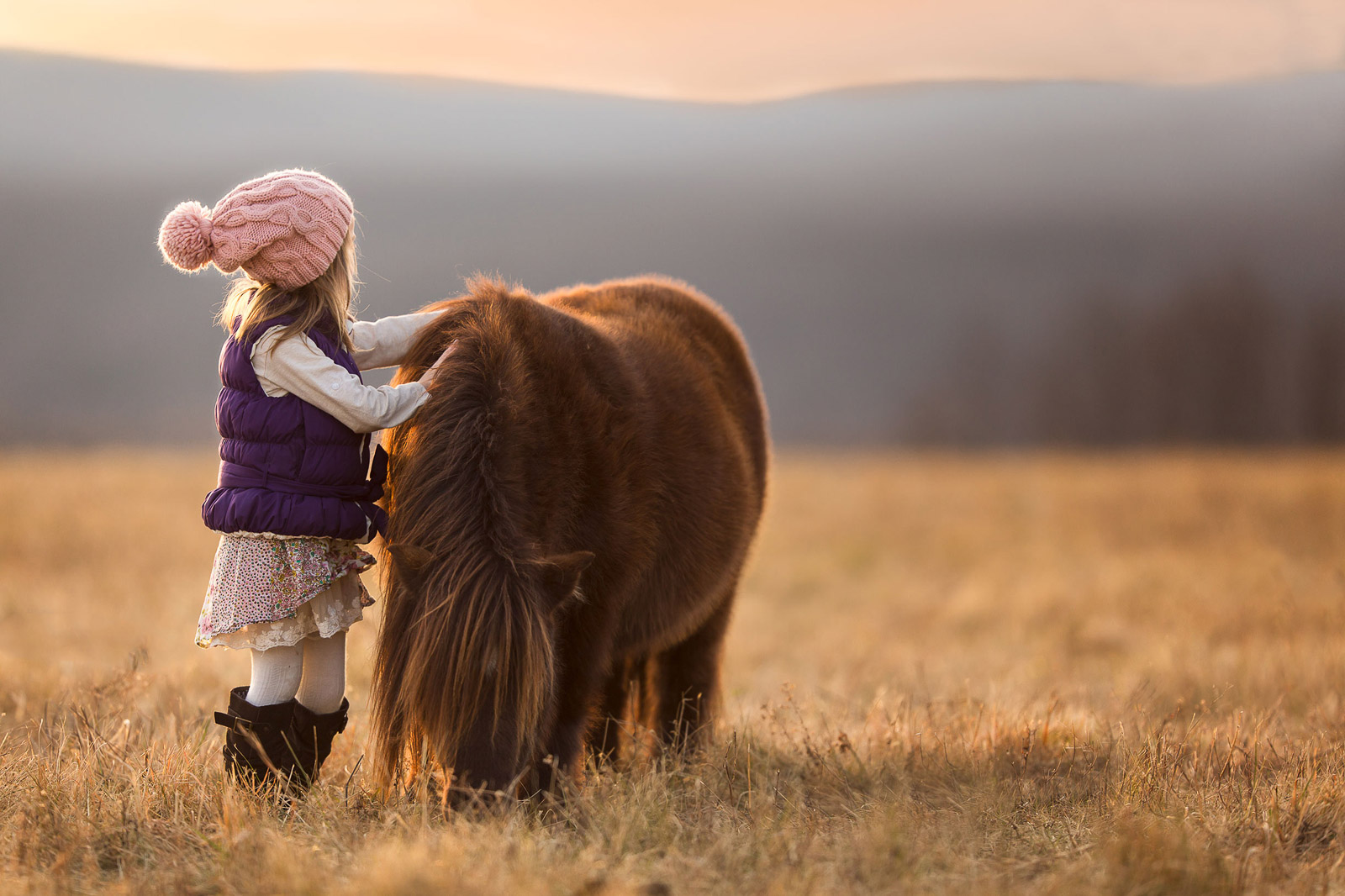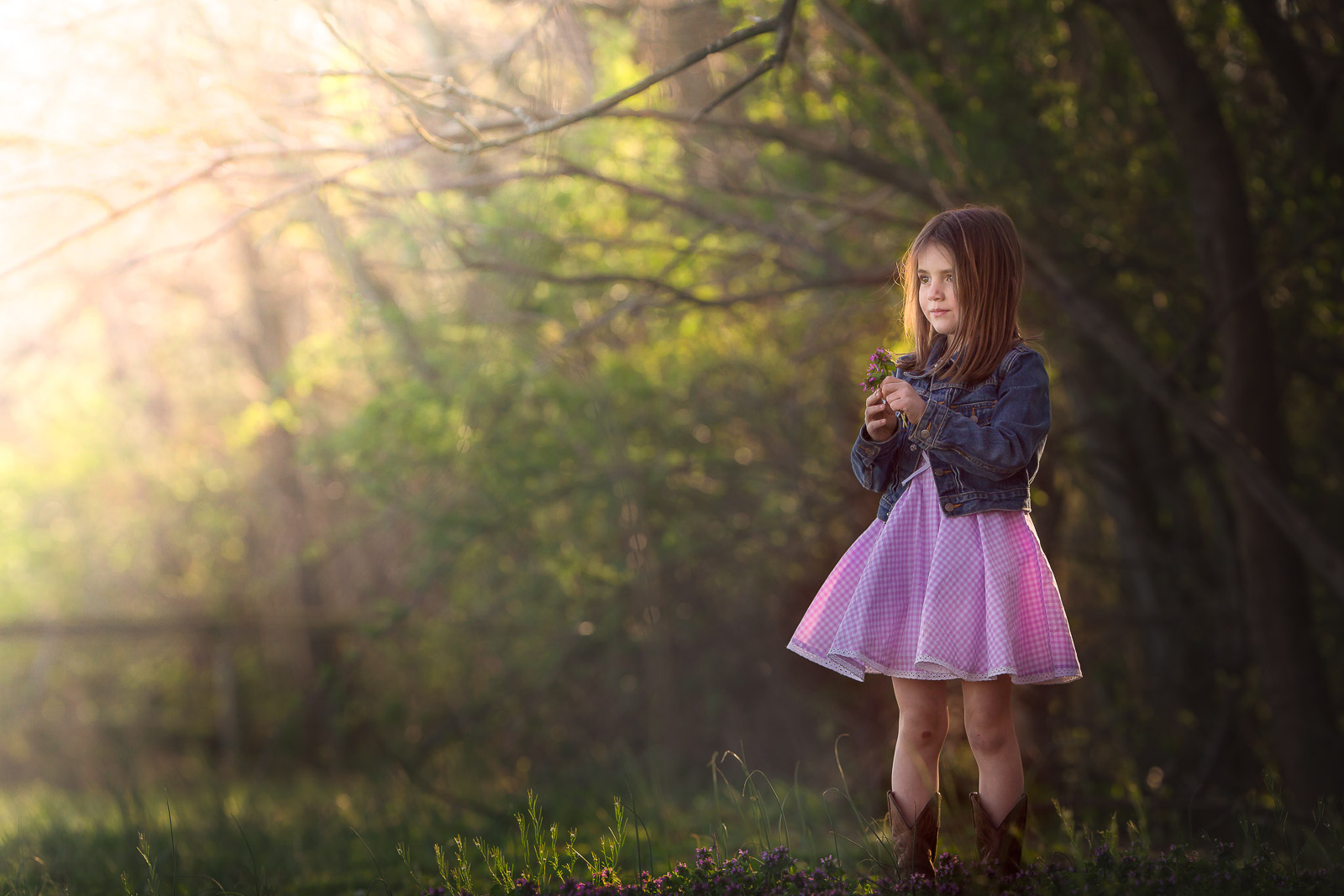Need help overcoming the dreaded photographer’s child syndrome?
I have five children ranging in age from 23 down to 7.
I’ve had many failures.
But finally, kind of, (sort of, but maybe not) I’ve figured this thing out at child number five.
1. It needs to be FUN for them.
At first I thought this should go without saying. But then I thought no, it not only needs to be said but it needs to be at the top.
This should be a fun activity for you both. Life is about experiences and you want the experience your children has when you bring out your camera to be a fun one.
Isn’t this is why we photograph? To capture beautiful memories of our children to look back on and reflect.
I’ll tell you, when I look back on pictures that I have, even the not good ones, I smile and my heart warms. My heart is full with both joy of being able to witness the moments again and sorrow that those moments have passed and I will never be able to get them back.
What happens when I look back on photographs when I pushed my children to do something they really didn’t want to do? Or where I know I was trying a new technique or mode? That feeling is of bitter, bitter regret.
You can see in their faces they weren’t enjoying it. I didn’t get what I wanted. I didn’t learn anything from it and I gave them a bad experience in front of the lens. Those moments that I photographed – I don’t treasure them.
If you both aren’t having fun and can’t turn it around, put the camera down and engage them in something fun. These will not be memories that you treasure and it will sour your child from having their pictures taken.
I would also suggest that you don’t ask your child to pose all the time. Posing is hard work and can become tiresome and boring for them, and just not fun.

2. It needs to be fun for YOU.
Not only does fun need to be in there at the top, it needs to be in there twice. YOU need to be having fun, too!
Children pick up on our emotions very quickly and if you’re having fun, they will, too. Conversely, if you’re getting frustrated or irritated, they’ll pick up on that, too.
These should be fun memories that you’re creating together. When you look at pictures you’ve created together, you aren’t just remembering how they looked, you’re remembering everything: the moment, how you felt, how they felt.
Let that memory be as good as it can possibly be.
3. It’s not the time to test out manual mode or new methods.
If we refer back to the above tips, this one’s a no brainer.
Unless you have that rare personality that doesn’t get flustered or frustrated when things don’t go according to plan (and if you do have that personality, I want to be your new best friend), don’t go out intending to learn manual mode, or practice manual mode, whilst directing your children to get beautiful portraits. It rarely ends well.
I’m not saying don’t try new things. No one would ever grow if we didn’t.
Try new things but do so without your children in the frame. (If you’re like me you might not want them nearby either. I have the mouth of a sailor and there’s nothing quite like things not going the way I intended to unleash that beast.)
Again, it goes back to number one – it needs to be fun for them. If they see you getting upset and mad at the camera, it will rapidly become very much not fun for them. They’ll begin to associate you holding a camera with an unpleasant experience which isn’t good.


4. Praise them.
If you’ve just photographed your child, and everything went relatively, accordingly, kind of, close to plan(ish), praise them! They helped you out. Tell them that they helped you and did a wonderful job.
If they’re a little older, and you don’t think that every time you take a picture they will want to see the back of the camera, choose a few pictures from the back and show them. Be specific and point out what they did that you liked and why.
Children thrive on praise, they (generally until you have friends over, are out in public, or are on the phone) want to please you. They’ll likely try to repeat what you’ve pointed out the next time you have your camera in hand.
5. Reward chart.
This one is controversial. Consider this – do you go to work for free? I certainly don’t.
I don’t give a treat each time we go out and photograph but I do have a reward chart. Before we start to check off the boxes, I sit my children down and ask what they would like.
The length of the reward chart (i.e. how many boxes have to be checked off) varies according to the items my children select (they each have one).
My daughter loves dolls. She’s a little older now so I try and find the longest chart available and it takes her a year or so to fill it up. Then, not only do I get her the doll but we go to the store and have lunch there. It turns into a fun day out. I want her to know that she’s appreciated, she’s worked hard, and she’s earned this treat.
My son likes video games and Legos. He doesn’t like having his picture taken so his chart is a little shorter to keep him motivated.
Make sure the chart is handy. When you’ve finished taking your pictures, get the chart, praise them for helping, and check the box. Tell them how many are left and that they’re filling them up fast.
When my children were younger, I had a treasure box with inexpensive items from the dollar section of any store. Hello, Target! Once they fill up a small reward chart they get to choose an item from the box.
Just remember to praise, praise, praise every step of the way during the process! They’re getting the treat because they’ve been helpful and done a wonderful job.
6. Engage them.
My daughter loves animals. She’s the daughter of a veterinarian so I guess that part was written in the stars. So it’s not an uncanny coincidence that she’s frequently photographed with our family pets.
The animals work well to keep her engaged and doing something. The engaged word is key. If your child doesn’t have a favorite pet, maybe it’s an object.
If you’re into more styled portraits than lifestyle, there are so many classic toys that you can purchase that look wonderful when photographed. For a lifestyle approach, have them play with their favorite toys or do a fun activity that they love and that engages them.

7. Get help.
Paid or unpaid, an extra pair of hands are wonderful.
I’m so lucky that the preschool my children went to have some amazing teachers, so I hire them to come and help me when I have a particular idea in mind. They’re wonderful with children, my kids love them and they help to keep them engaged and having a good time.
Maybe you have a wonderful spouse who will help, a neighbor or a fun older cousin.
8. Keep it short and sweet.
It’s so easy when we’re caught in the moment to want to push the time past the point our children want to willingly cooperate with us. Knowing a child’s time limit and keeping a shoot short will keep them interested in future pictures.
9. Choose the right lens.
When making a choice as to the lens that you want to use, keep in mind how comfortable your child is away from you. If you have a young child, chances are they aren’t going to want to be far from you.
My favorite lens is the 200mm and the bokeh and compression from it is beautiful. But, it requires putting a substantial amount of distance between you and your child.
If you have a helper or a fun activity that your child is engaged in, that will help immensely. But if you have a child who likes to be in your pocket, a wider lens will cause you less frustration in the long run. Bonus, it’ll save you sucking in air as you run back and forth between your child and the spot you need to be in!
10. When things aren’t going well.
You have your child perfectly styled for what you know will be a wonderful portrait and all of a sudden they don’t want to cooperate. Try a few of the above steps to see if you can salvage it.
Be calm and patient. Tell them what a big help they are, explaining to them they’re doing great with the reward chart.
You need to be ready to make a decision to let this one go if they’re not going to cooperate and you need to be relatively fast in making it. If you drag it out and your child(ren) are miserable, it’ll make it more difficult the next time you pick your camera up.
I have so many missed opportunities but I know if I pushed it I wouldn’t have gotten portraits that I wanted. And I know that when I look back on them and see my child’s face, I would remember sadness and frustration instead of us having a good time.
I’ll end with this simple statement – I photograph to remember. I want to remember my children with all their little moments and quirks. I want to look back and think that I gave them a wonderful, joyous and fun-filled childhood.
Why do you photograph?

The post Photographer’s child syndrome: How I avoid it appeared first on Clickin Moms.






